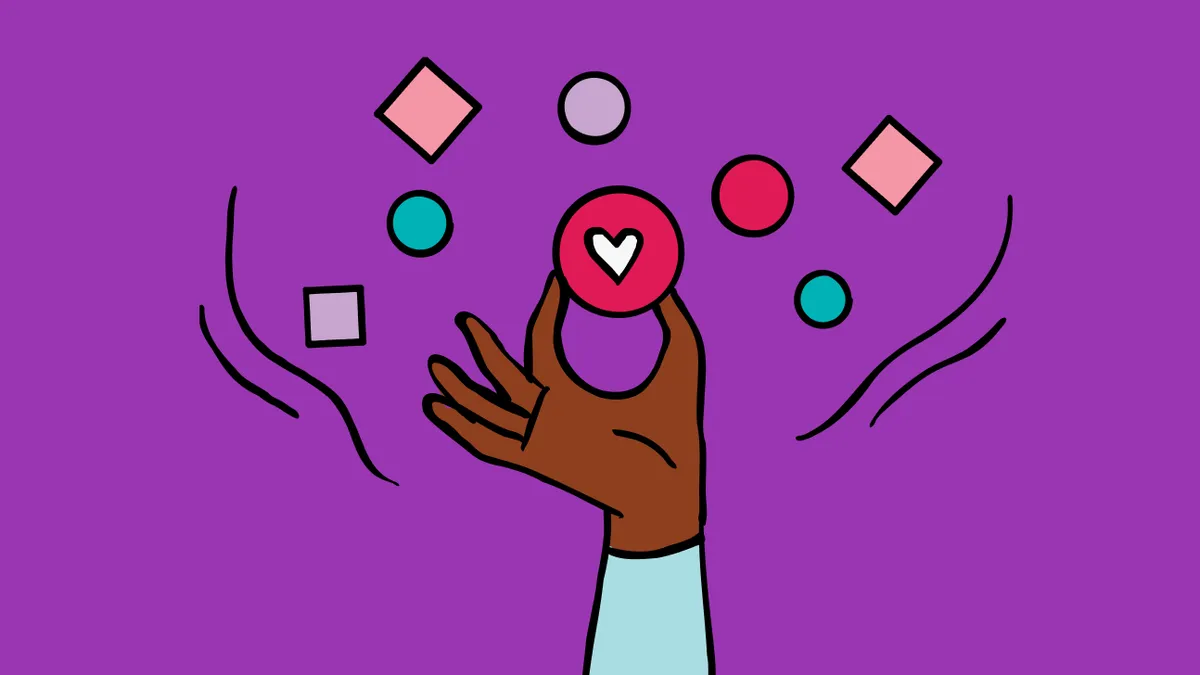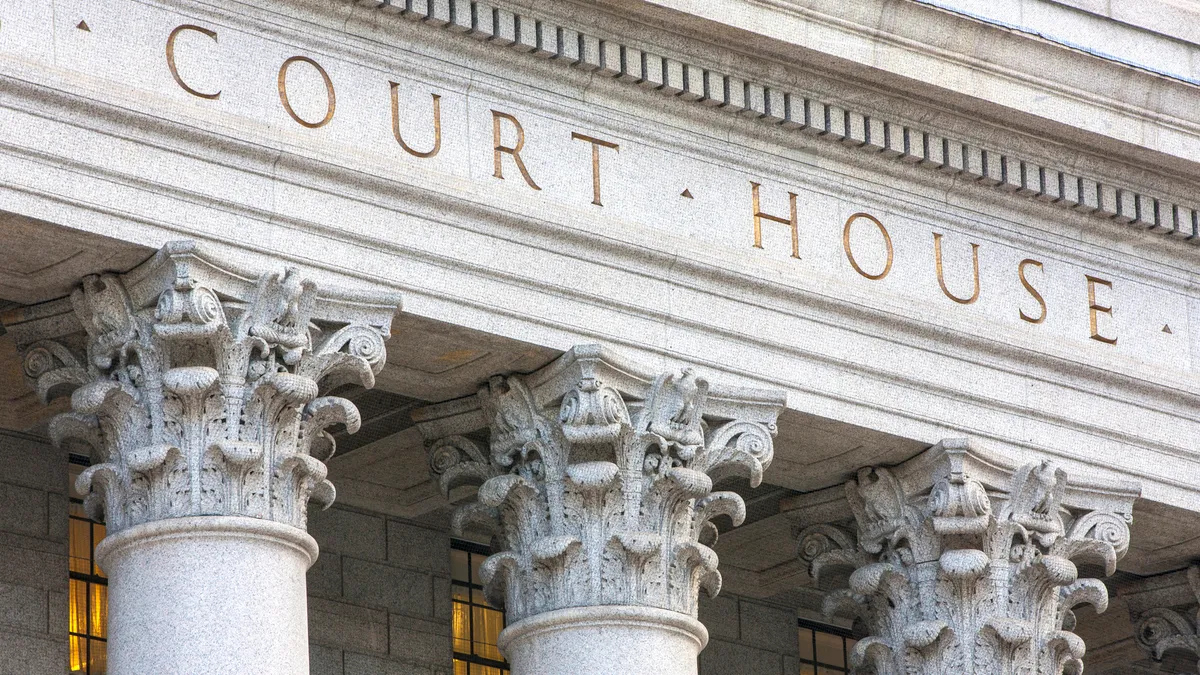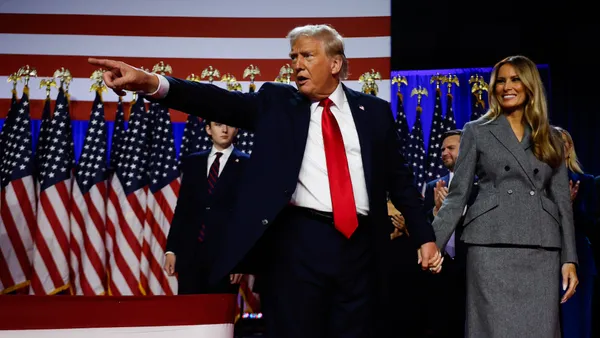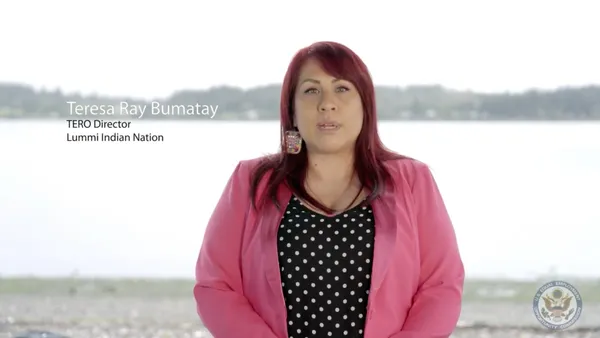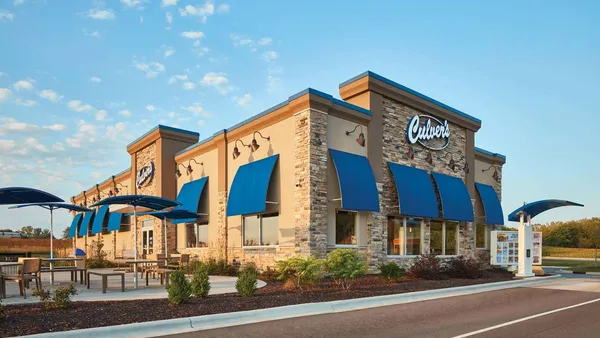As companies continue to prioritize a culture-first approach to the employee lifecycle, it’s critical to ensure that ‘culture fit’ doesn’t come at the expense of diversity.
In a 2007 study on relational demography and culture fit, Hillary Anger Elfenbein and Charles A. O’Reilly identified that the ideologies behind culture fit and hiring for diversity are often oppositional. However, diversity and culture are both critical parts of employee engagement and can work together once you understand how to bring them together to build diverse teams with a shared culture.
In this article, we’ll explore ways to align culture and diversity efforts within the employee lifecycle.
The importance of diversity
At this point, it should go without saying that a diverse workforce brings many benefits. Bringing together different perspectives, ideas, and experiences allows teams to find new ways of solving problems. According to Scientific American, “decades of research by organizational scientists, psychologists, sociologists, economists, and demographers show that socially diverse groups (that is, those with a diversity of race, ethnicity, gender and sexual orientation) are more innovative than homogeneous groups.”
Overall, there is a compelling body of evidence that diverse teams outperform others when it comes to problem-solving, risk mitigation, innovation, and sales outcomes. As teams continue to put measures in place to hire more diverse teams at scale, the array of different backgrounds and new ideas will ultimately lead to higher-performing teams and drive better business results.
The importance of culture
People are more engaged at work when they are part of a positive company culture. As a result, high engagement leads to improvements in retention, performance, morale, and customer satisfaction.
In fact, Culture Amp’s 2021 New Tech Benchmark report reveals that the question ‘I feel like I belong at [Company]’ is the most indicative of overall engagement. Companies should strive to foster a sense of belonging through both culture fit and diversity efforts.
Embedding culture and diversity in the recruiting process
At Greenhouse, it’s part of the talent acquisition function to educate employees on what to look for in the recruiting process. Once employees have worked at Greenhouse for more than three months, they can volunteer to be a culture fit interviewer.
This process includes culture fit interview training where employees learn how to identify whether a candidate embodies the company’s values. Greenhouse has defined six cultural attributes and created questions that address each one. Culture interviewers are expected to ask consistent questions to compare candidates apples-to-apples – such as whether someone is ambitious and effective, and whether they're authentic and open-minded.
In addition to specific culture interview training, Greenhouse runs general interview training for anyone who is new to the process. This covers everything from recognizing unconscious bias to EEOC laws to how they do things at the company. Interviewing candidates based on a core set of company values allows a better framework to prioritize diversity and avoid bias.
Aligning culture and diversity efforts across the employee experience
Inclusion, culture, and diversity should work together hand in hand. Getting diverse and culturally aligned talent in the door is just the beginning. Once employees are on board, it’s critical to have an inclusive culture specifically designed to support them.
According to Aleah Warren, managing consultant at Paradigm, “environments that aren't sufficiently inclusive can cause uncertainty among people from underrepresented backgrounds as they struggle to figure out whether and how they fit in. This drains mental resources that otherwise could be applied to work, leading to lower performance and engagement.”
Inclusive environments create a sense of value and belonging. Culture is built on a core set of shared values, but should leave space for a variety of individual and diverse perspectives. The first step to incorporating diversity, equity, and inclusion into your culture is to understand current employee sentiment and identify areas for improvement.
Not sure where to start? Get started with Culture Amp’s DEI starter kit.

